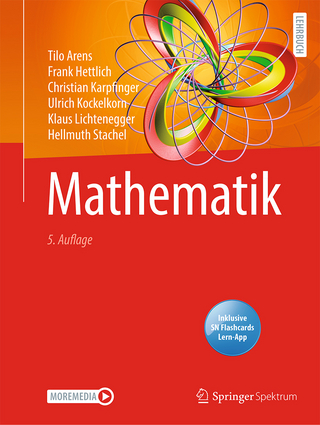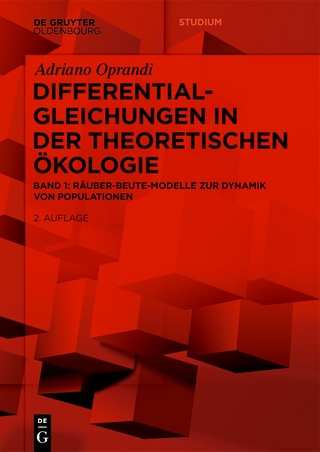
Mapped Vector Basis Functions for Electromagnetic Integral Equations
Seiten
2006
Morgan & Claypool Publishers (Verlag)
978-1-59829-012-7 (ISBN)
Morgan & Claypool Publishers (Verlag)
978-1-59829-012-7 (ISBN)
Explains vector basis functions of the divergence-conforming and curl-conforming types, and reviews specific interpolatory and hierarchical basis functions. Procedures for mapping these basis functions from a reference domain to a curved cell, while preserving the desired continuity properties on curved cells, are discussed in detail.
The method-of-moments solution of the electric field and magnetic field integral equations (EFIE and MFIE) is extended to conducting objects modeled with curved cells. These techniques are important for electromagnetic scattering, antenna, radar signature, and wireless communication applications. Vector basis functions of the divergence-conforming and curl-conforming types are explained, and specific interpolatory and hierarchical basis functions are reviewed. Procedures for mapping these basis functions from a reference domain to a curved cell, while preserving the desired continuity properties on curved cells, are discussed in detail. For illustration, results are presented for examples that employ divergence-conforming basis functions with the EFIE and curl-conforming basis functions with the MFIE. The intended audience includes electromagnetic engineers with some previous familiarity with numerical techniques.
The method-of-moments solution of the electric field and magnetic field integral equations (EFIE and MFIE) is extended to conducting objects modeled with curved cells. These techniques are important for electromagnetic scattering, antenna, radar signature, and wireless communication applications. Vector basis functions of the divergence-conforming and curl-conforming types are explained, and specific interpolatory and hierarchical basis functions are reviewed. Procedures for mapping these basis functions from a reference domain to a curved cell, while preserving the desired continuity properties on curved cells, are discussed in detail. For illustration, results are presented for examples that employ divergence-conforming basis functions with the EFIE and curl-conforming basis functions with the MFIE. The intended audience includes electromagnetic engineers with some previous familiarity with numerical techniques.
Introduction
The Surface Model
Divergence-Conforming Basis Functions
Curl-Conforming Basis Functions
Transforming Vector Basis Functions to Curved Cells
Use of Divergence-conforming Basis Functions with the Electric Field Integral Equation
Use of Curl-conforming Bases with the Magnetic Field Integral Equation
| Reihe/Serie | Synthesis Lectures on Computational Electromagnetics |
|---|---|
| Verlagsort | San Rafael |
| Sprache | englisch |
| Maße | 187 x 235 mm |
| Themenwelt | Mathematik / Informatik ► Mathematik ► Analysis |
| Naturwissenschaften ► Physik / Astronomie ► Elektrodynamik | |
| ISBN-10 | 1-59829-012-6 / 1598290126 |
| ISBN-13 | 978-1-59829-012-7 / 9781598290127 |
| Zustand | Neuware |
| Informationen gemäß Produktsicherheitsverordnung (GPSR) | |
| Haben Sie eine Frage zum Produkt? |
Mehr entdecken
aus dem Bereich
aus dem Bereich
Buch | Softcover (2024)
De Gruyter Oldenbourg (Verlag)
59,95 €
Buch | Softcover (2024)
De Gruyter Oldenbourg (Verlag)
59,95 €


